The Consumer Electronics Show (CES) never disappoints when it comes to showcasing the latest in laptops, and this year's event was no exception. I thoroughly explored the show floor and various suites to identify the most significant trends influencing gaming laptops in 2025. Here are the key themes that emerged as guiding forces for gaming laptops this year.
A Huge Diversity of Designs
Gaming laptops have always offered a broad spectrum of styles, but this year's showcase felt exceptionally diverse. The trend is driven by brands like Gigabyte and MSI, which are increasingly blending the lines between productivity and gaming. High-end gaming laptops are now expected to offer something beyond raw hardware performance.
This year, you'll find gaming laptops spanning a wide range of aesthetics. For instance, the Gigabyte Aero series presents sleek, professional designs that seamlessly fit into business environments. In contrast, the MSI Titan 18 HX AI Dragonforged Edition boasts bold graphics on its lid, clearly signaling its gaming prowess.
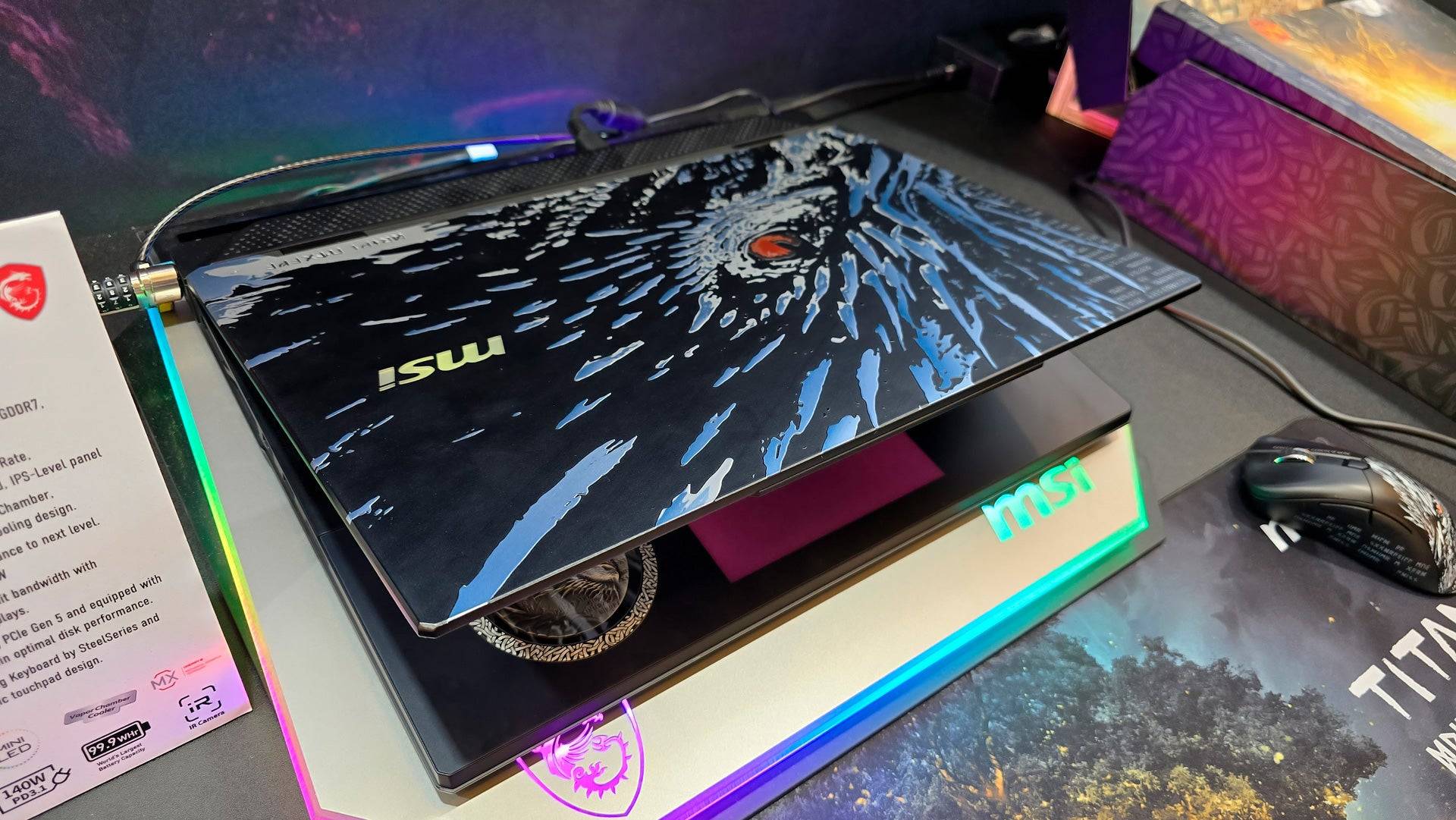 RGB lighting remains a staple, with innovations like wrap-around lighting rings, illuminated mechanical keyboards, and even trackpad lights. The Asus ROG Strix Scar series stood out with its AniME Dot Matrix LED display, which can showcase text, animations, and more across its lid.
RGB lighting remains a staple, with innovations like wrap-around lighting rings, illuminated mechanical keyboards, and even trackpad lights. The Asus ROG Strix Scar series stood out with its AniME Dot Matrix LED display, which can showcase text, animations, and more across its lid.
While the designs aren't revolutionary, expect to see intriguing novelties alongside the traditional range of gaming laptops, from heavy-duty to ultra-slim models with varying hardware configurations.
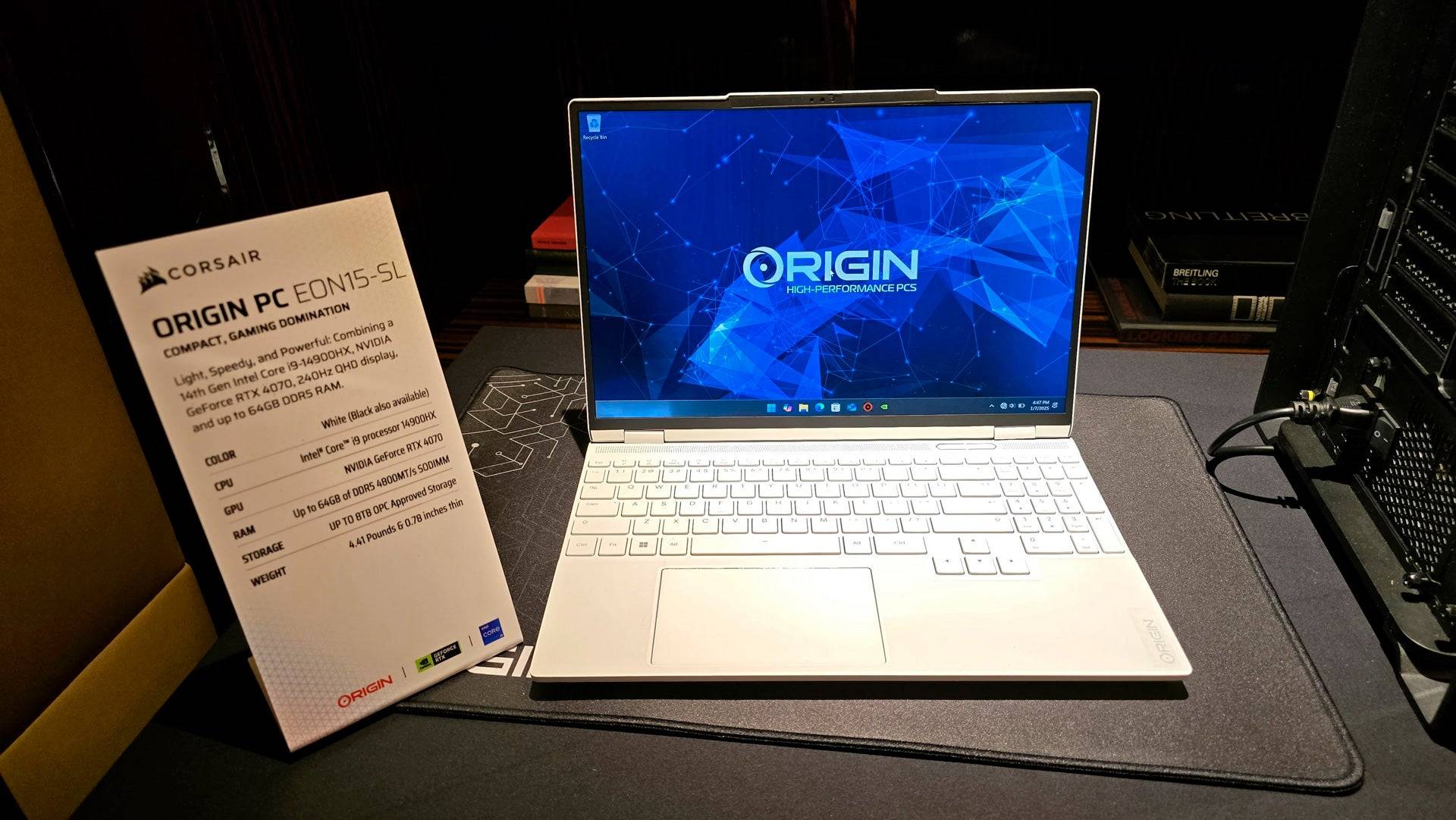 AI Assistants are Coming
AI Assistants are Coming
Last year, AI became a buzzword in laptops, but the integrations were often underwhelming. This year, however, multiple vendors showcased AI Assistants designed to enhance user experience without requiring manual software adjustments.
For example, an MSI representative demonstrated an AI chatbot that could adjust performance settings based on the type of game being played. While these systems appear to function offline, I remain skeptical about their efficiency compared to manual adjustments. The real test will come when these features are widely implemented and their full capabilities are revealed.
Mini-LED, Rollable Displays and Other Novelties
Mini-LED technology is finally gaining traction in the gaming laptop market. Asus, MSI, and Gigabyte all showcased Mini-LED laptops with top-tier specifications and price points. These displays boasted over 1,100 local dimming zones, reducing blooming and enhancing contrast, along with impressive brightness and color accuracy. While OLED still offers superior contrast, Mini-LED's advantages in avoiding burn-in and maintaining high brightness make it a promising contender.
There were also exciting novelties on display. The ASUS ROG Flow X13 returns with eGPU support through USB4, allowing for powerful graphics without proprietary connections. Asus also showcased the Zenbook Duo, a dual-screen productivity laptop, but Lenovo's ThinkBook Plus Gen 6 Rollable stole the show. This innovative device features a rollable OLED display that extends from 14 inches to 16.7 inches at the push of a button. Although it may look unconventional and raise durability concerns, it represents a groundbreaking first step in rollable display technology.
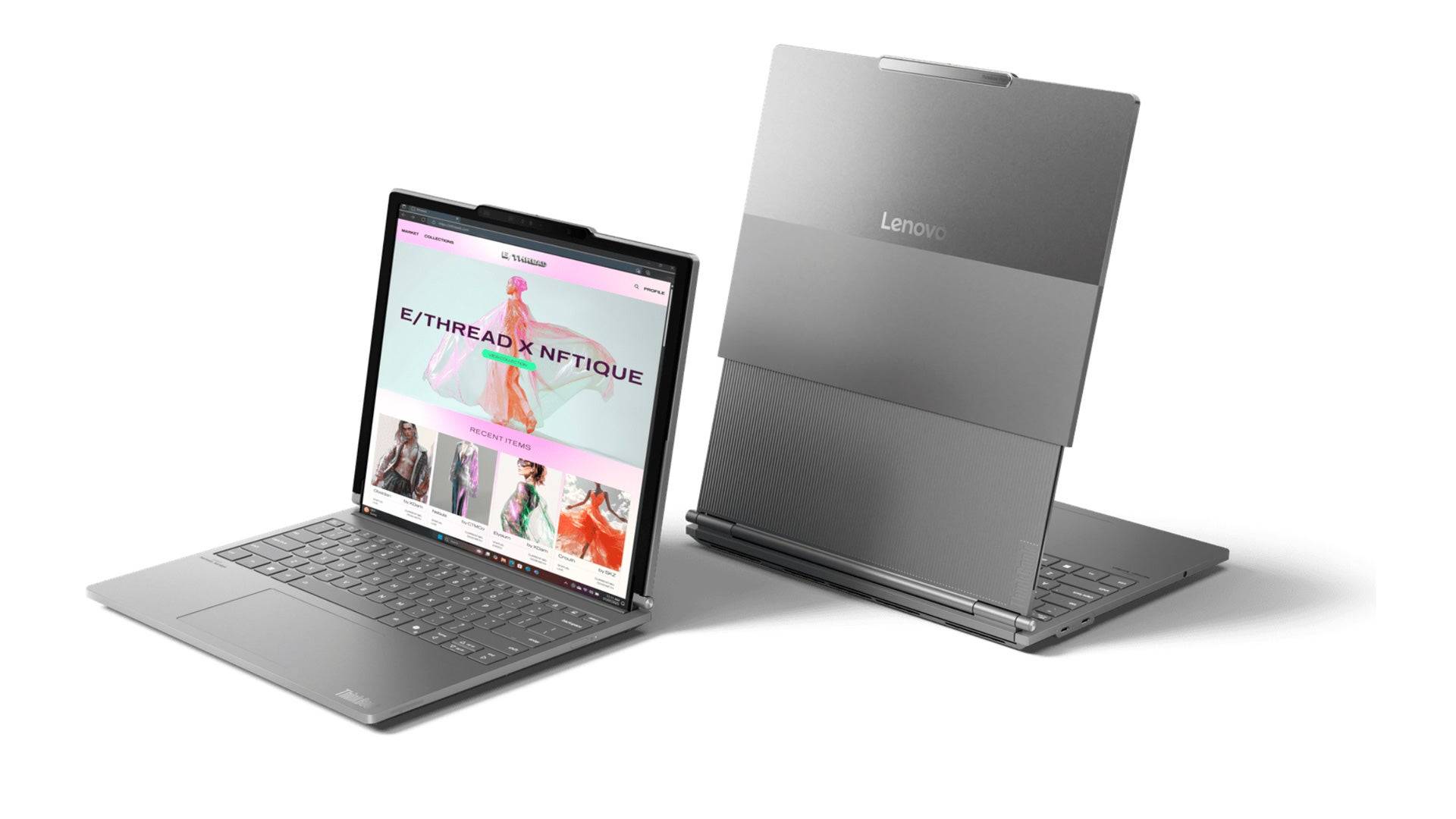 Ultrabooks Continue to Rise, Even for Gaming
Ultrabooks Continue to Rise, Even for Gaming
Ultrabooks are increasingly prevalent, even in gaming line-ups. Major manufacturers now offer gaming laptops in ultrabook designs, such as Gigabyte's revamped Aero series. These laptops combine thin, light, and minimalist aesthetics with gaming capabilities, making them ideal for both gaming and productivity on the go.
My review of the Asus TUF Gaming A14 last year highlighted how these ultrabooks can incorporate dedicated graphics cards without compromising portability. Additionally, the latest AMD and Intel processors are proving capable of running games efficiently. Features like AMD FidelityFX Super Resolution and Intel XeSS, along with frame generation, allow for smoother gameplay even on integrated graphics.
For casual gamers, cloud gaming services like Xbox Cloud Gaming and Nvidia GeForce Now offer another avenue, providing high-quality gaming experiences without the need for a dedicated gaming laptop.
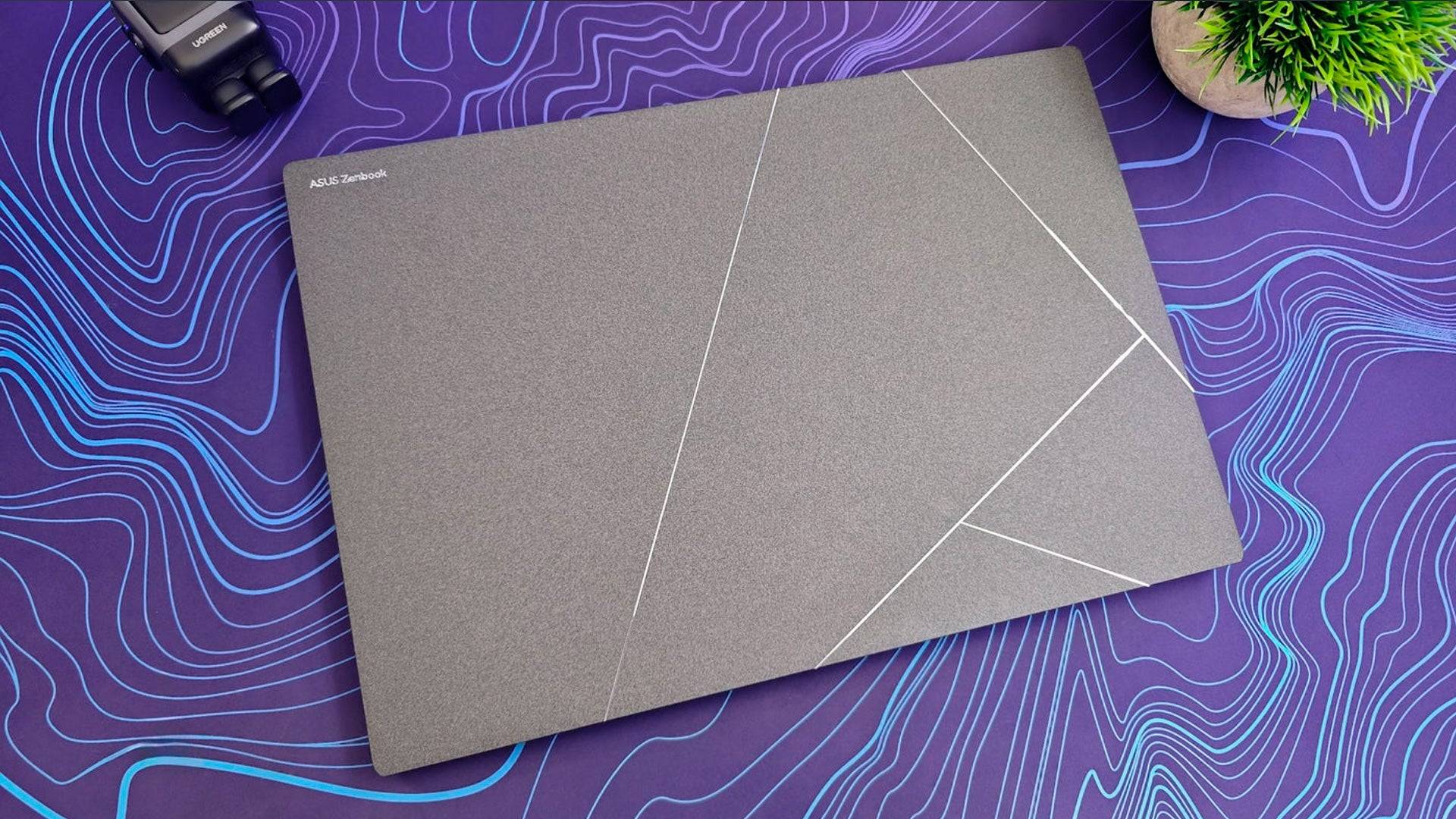 As we progress through the year, we'll continue to explore these exciting developments in gaming laptops. What trends caught your eye? Share your thoughts in the comments below!
As we progress through the year, we'll continue to explore these exciting developments in gaming laptops. What trends caught your eye? Share your thoughts in the comments below!
 Home
Home  Navigation
Navigation






 Latest Articles
Latest Articles

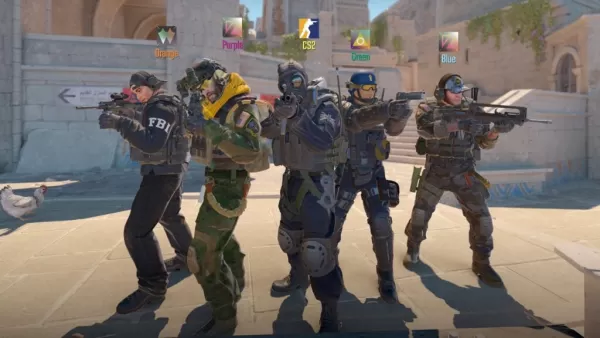








 Latest Games
Latest Games












